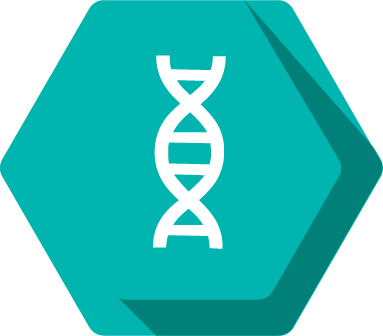Jadan Law

Pronouns: she/her
Research Mentor(s): Evon Ereifej, Research Investigator
Research Mentor School/College/Department: Neurology and Biomedical Engineering, Michigan Medicine
Presentation Date: Thursday, April 22, 2021
Session: Session 4 (2pm-2:50pm)
Breakout Room: Room 2
Presenter: 4
Abstract
The objective of this project is to increase longevity of microelectrodes, identify biomarkers to isolate the cause of neuroinflammation, and to analyze large banks of collected data using machine learning Matlab scripts. The data used for this project is collected from two groups of mice, wild type and CD14 knockout (mice with the CD14 gene repressed). Surgeries were conducted on both groups and data was collected two weeks after. Matlab scripts utilized machine learning to analyze the data and isolate patterns of unusual fold changes compared to set upper and lower standards (ie. 0.01 and 1). The scripts utilized to identify biomarkers are unique to this lab and the theory behind them have broad possible applications for other data analysis based on an initial condition to separate data with specific trends. Specific to our research, we find patterns in the up and down regulated genes and compare the mean fold change between different data groups. This project is a continuous work in progress – our goal is to continue to further narrow down the gene targets and identify more specific biomarkers to better target with therapeutic drugs. With successful identification, we hope to be able to decrease the inflammatory reaction due to insertion and increase the efficiency of intracortical microelectrodes. Developing a way to stop or mitigate the inflammatory response would increase the lifespan of devices that rely on the recording capabilities of microelectrodes. From prosthetic devices to increasing the understanding of the human brain, a decrease in the inflammatory response creates a longer period of time for a stable signal, meaning more opportunities for microelectrode applications.
Authors: Jadan Law
Research Method: Laboratory Research with Animals








